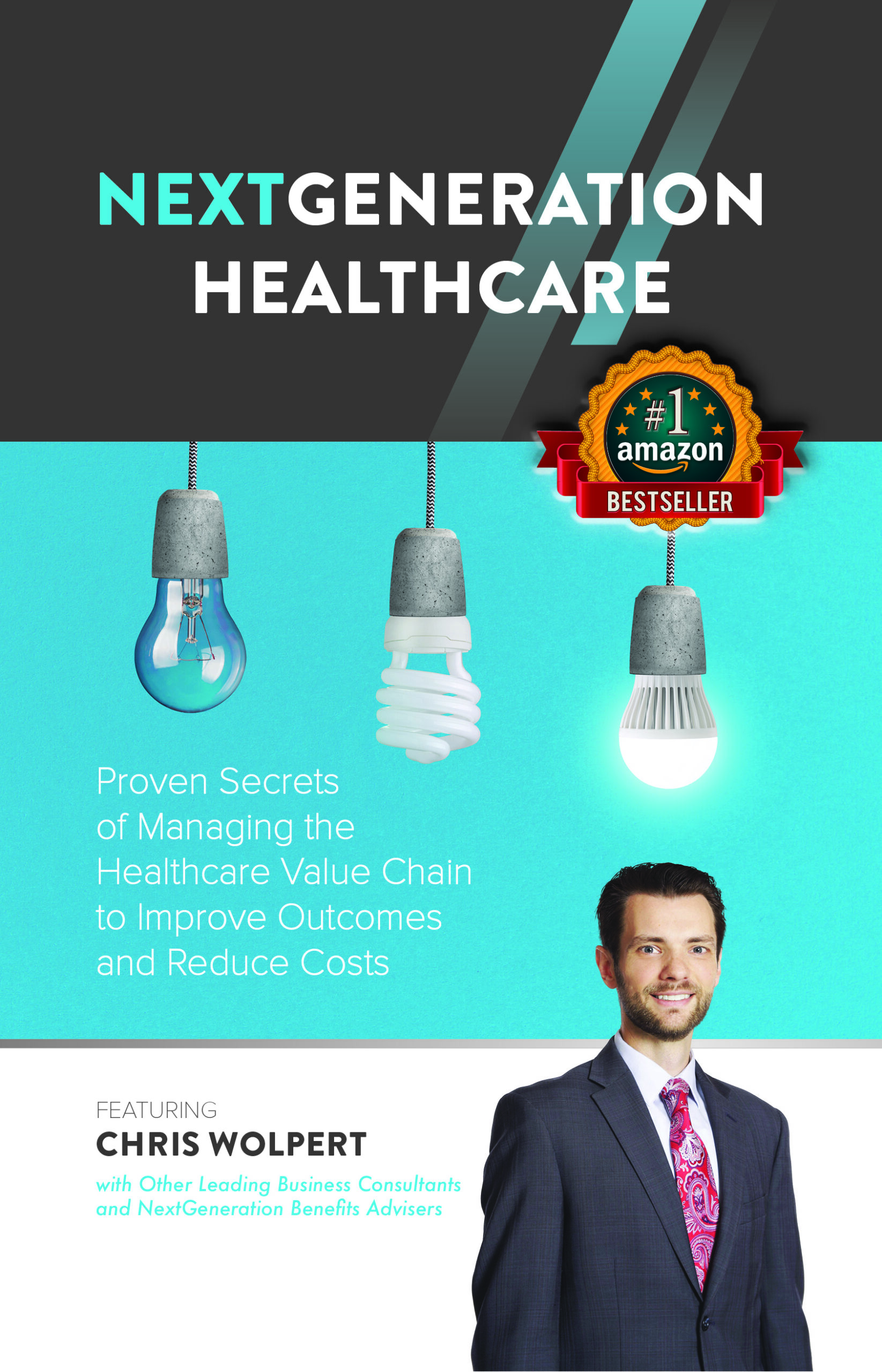One of the most underused employee benefits available is the “cafeteria” plan ― which can benefit both the employer and the employee.
These plans allow workers to withhold a portion of their pre-tax salary to cover certain medical or childcare expenses. The benefits are free from federal and state income taxes, employees’ taxable income is reduced and that means that employers don’t have to pay FICA on those dollars.
Cafeteria plans enhance your employee benefits package while boosting your margins. They have three specific flexible benefits for your employees to choose from:
1. Pre-tax health insurance premium deductions
Premium-only plans allow your employees to elect to withhold a portion of their pre-tax salary to pay for their portion of the premium contribution to their employer-sponsored plan. The plan offers a simple way to reduce the cost of their benefits.
2. Flexible spending accounts
An FSA allows you to fund certain medical expenses on a pre-taxed basis through salary reductions to pay for out-of-pocket expenses that aren’t covered by insurance (think: deductibles, copayments, prescriptions, over-the-counter drugs and orthodontia).
Each paycheck, a certain amount is withheld pre-tax and put into an account. Employees pay for medical expenses up front out of pocket and then seek reimbursement from their FSA.
The average U.S. worker spends more than $1,000 every year on these types of benefits.
And there’s one more benefit: By participating in an FSA, your employees’ taxable income is reduced, which increases the percentage of pay they take home.
3. Dependent care FSAs
The dependent care FSA is an attractive benefit for employees who have to pay for childcare or long-term care for their parents.
Many employees don’t take advantage of this benefit and may be unaware of the significant tax savings. Employees may hold back as much as $5,000 annually of their pre-tax salary for dependent care expenses.
Qualified dependent care expenses include, but are not limited to:
- The care of a child under the age of 13,
- Long-term care for parents,
- Care for a disabled spouse or a dependent incapable of caring for her- or himself, and
- Summer day camps.
What you get out of it
Every dollar that goes through a cafeteria plan reduces your payroll by the same amount. That means you don’t have to pay FICA or workers’ comp premiums on that part of your workers’ salaries.
The savings can add up to as much as 20% of every dollar being passed through the plan.
It’s also a great recruitment tool and an essential part of a larger employee benefits package.

